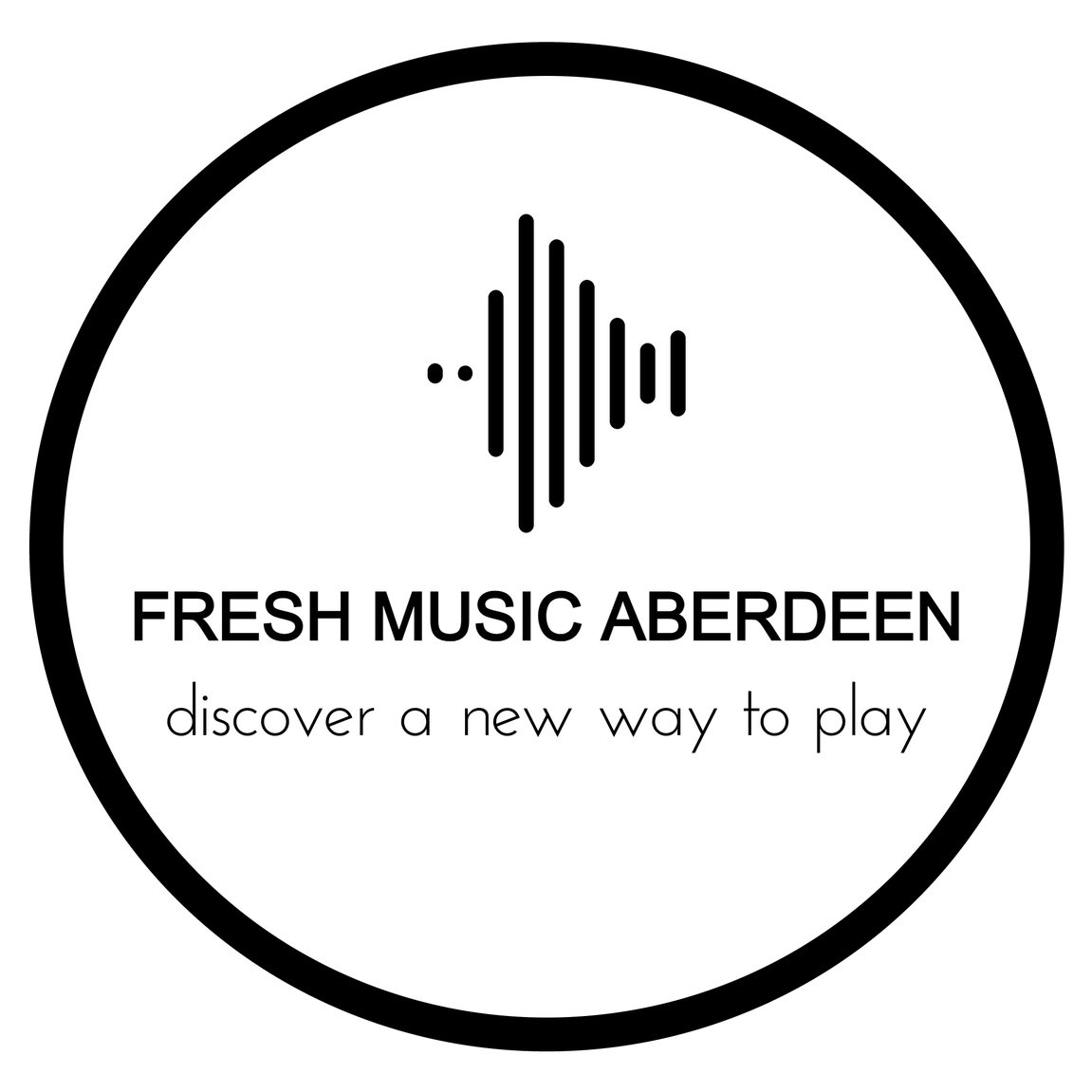Flying High With Power Chords: Guitar Lessons in Aberdeen
- Connor Montgomery

- Aug 4
- 3 min read
What do you think of when you think of chords? Do you even know what a chord is?
For reference a chord is two notes or more played together - we call this harmony. Individual notes played in succession is called melody. When we form a chord we use set formulas which create different sounds.

To build a Major chord we use the 1st, 3rd and 5th note of the Major scale (without alteration). To create a Minor chord we use the same Major scale but we alter the formula to change the sound - instead we use the 1st, flattened 3rd and 5th note of the scale. We call these triads because they contain three notes. Now you might be wondering what this has to do with Power chords... a fair question! To understand Power chords we need to better understand triads - in particular Major and Minor. Why I hear you ask? A Power chord only uses two notes from the Major scale - the 1st (we call this the tonic) and the 5th note of the scale (we refer to this as the dominant note). The tonic is known as the strongest note of the scale because it's the first note and the tonal qualities of the 5th note make it the second most powerful. This is the reason it gets its name - Power chord, because it uses the two most powerful notes that exist within the Major scale.
You might now be asking why all of this matters? Again, another good question! Because a Power chord only contains the 1st and 5th note of the Major scale it is missing the one note that makes a chord either Major or Minor - the third, either unaltered or flattened. If the third note is missing then the Power chord can be used as a replacement chord for either Major or Minor chords, making it a very versatile and easy to use chord. They also can sound pretty heavy which is why they are used within Rock and Heavy Metal fairly regularly.
Without getting too deep into it (I'll go over the next bit in future posts) you can use the Power chord as a replacement chord for 6 out of the 7 triads that exist within the scale. For reference we put a 5 next to the chord name to show that it's a Power chord. This helps if you're reading off a lyric sheet without chord boxes/music notation or tablature. You would still know the chord is to be played as a Power chord because it has the 5 next to it.
Below you will see how we can turn triads into Power chords (for this example I've used the C Major scale which uses the notes C D E F G A B)
C Major (1 3 5) - C5 (1 5)
D Minor (1 b3 5) - D5 (1 5)
E Minor (1 b3 5) - E5 (1 5)
F Major (1 3 5) - F5 (1 5)
G Major (1 3 5) - G5 (1 5)
A Minor (1 b3 5) - A5 (1 5)
B Diminished (1 b3 b5) - a Power chord can't be used here as a replacement as a diminished chord uses a b5 as well as a b3. The b5 does not match the formula of 1 and 5 used by the power chord so this would not work.
There is a reason these chords are Major/Minor and Diminished but we'll get into this another time. Just know that Power chords are a great substitute for almost all of the triads that exist within a Major scale. They are generally pretty easy to play and because the shapes are fairly memorable and movable they are always popular.
At Fresh Music Aberdeen I believe in the importance of practical theory which helps you become a more independent and knowledgeable guitar player. Every student who learns at this Music School will go on and become better guitar players for the simple fact that they have this knowledge available to them. Students learn that music doesn't need to be scary or complicated. Yes it may take a few times to discuss and study the theory before it beds in but that's what I'm here to help with. Learning guitar and receiving guitar lessons with Fresh Music Aberdeen has never been easier.







Comments